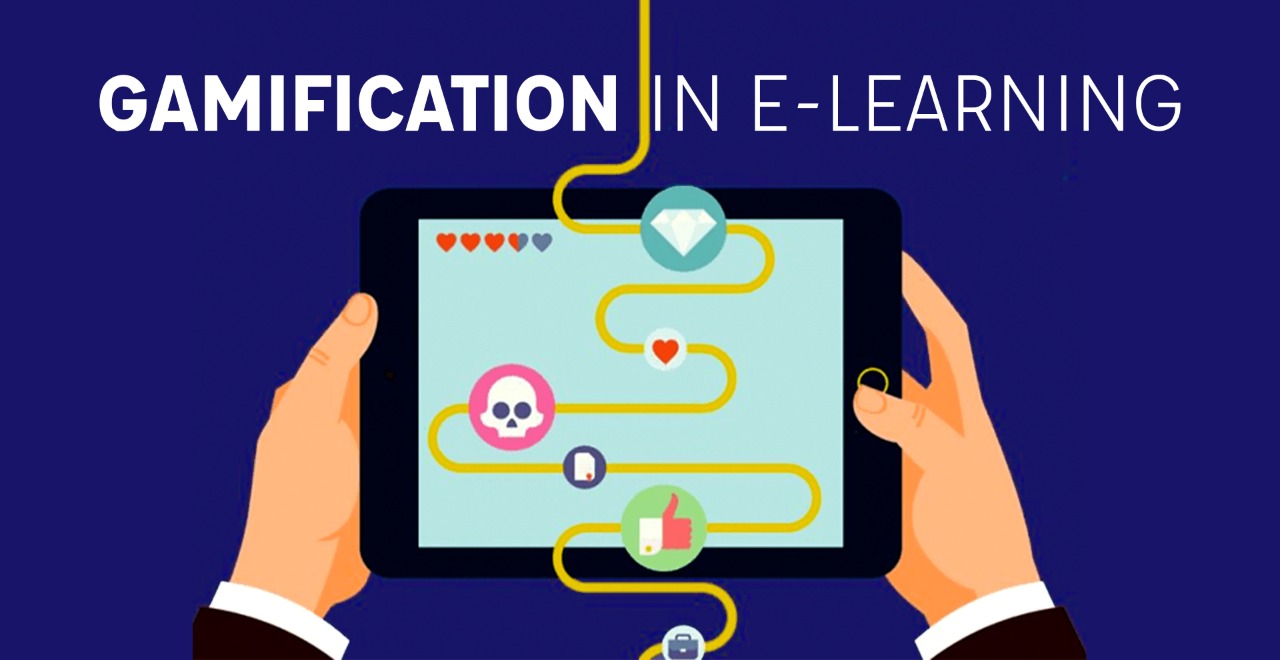


On a previous post, we were discussing blended learning — the integration of face-to-face and online learning medium to teach with students for an augmented learning experience. In a similar vein, gamification comes into play for the reason that is to retain and attain maximised engagement from learners. Gamification extends to various branches but today, we will explore the potential for gamification in education.
Essentially, gamification is the incorporation of gaming concepts and mechanics into specific processes to make it more interesting and engaging for the audience or end-users. In education, gamification works to retain interest and maintain engagement from students continuously. Gamified modules or lessons are built on elements like challenges and leadership boards. Though there are many more potentials to play with, these are the top three effect of gamification in e-learning:
Many studies demonstrated the importance of thorough structure and objectives when it comes to implementing gamification for education. For one, it solely relies on the educator to design a lesson with all the end goals in mind for a sustained and augmented learning experience for students. Modules are helmed by educators and trainers through a series of metrics embedded in a dedicated interface which then serve to track and monitor enrolment and engagement activities. These activities include watching videos, assessment grading, and forum interactions, which are especially relevant in e-learning platforms. Gamification is an excellent option for an aspiring trainer to create modules with abovementioned qualities to motivate students to learn something new from a refreshed lens and possibly derive a better sense of motivation to take up more modules while at it.
Talent development to upskill and reskill your workforce could also be exciting when gamification is adapted into your process. Businesses are always exploring and investing in newer ways of keeping employees engaged and driven, from psychological techniques to technological applications. Artificial intelligence (Ai) and interactive gaming are an integral part of gamification and it isn’t technically breaking news in IR4.0 How do Ai and gamification come together in training? Ai provides personalized learning experiences to individual learners based on their learning styles and capacities by combining the game-like experience of scoring points and earning rewards, that makes the learning process more exciting. Skill-based-knowledge assessments are not intimidating anymore with these gamified tweaks and it provides high retention rate amongst learners, particularly within the executive to senior-level professionals. New software onboarding can be tricky but it can be seamless with gamified training to both maintain productivity levels during the transition whilst also getting the hang of how to navigate a new platform properly.
The adoption of gamification in human resource has seen positive outcomes especially when corporations provide their employees with the opportunity to see where they’re headed to in the game you’re helping them navigate their path to success. Gamification is very adaptable to what you usually measure within your department, that enables recruitment to apply all the metrics that you already use for your recruiting team within the gamification tool, in addition to being able to create new metrics. This is useful for evaluation and appraisal process to be purposeful and goal-oriented.
With all said and done, one must remember that the gamification approach is definitely not one-size-fits-all — and it needs to be reevaluated from time to time to keep up with new objectives and KPI. Also, not everyone cut out to be motivated in a competitive environment. However, it is a fascinating genre of the interactive world as it enables people to push themselves out of their comfort zone and achieve higher. Ultimately, it is up to you to control the scale and install it where it is needed.